Are you considering shipping from Shenzhen to Germany but feeling overwhelmed by the complexities involved?
In this comprehensive guide, we will navigate the key routes, methods, and costs associated with international shipping, ensuring you have all the information you need at your fingertips. We’ll delve into the differences between sea freight and air freight, explore customs clearance processes, and provide tips for successful shipping. By the end of this blog, you’ll be equipped with practical insights to streamline your shipping experience and make informed decisions.
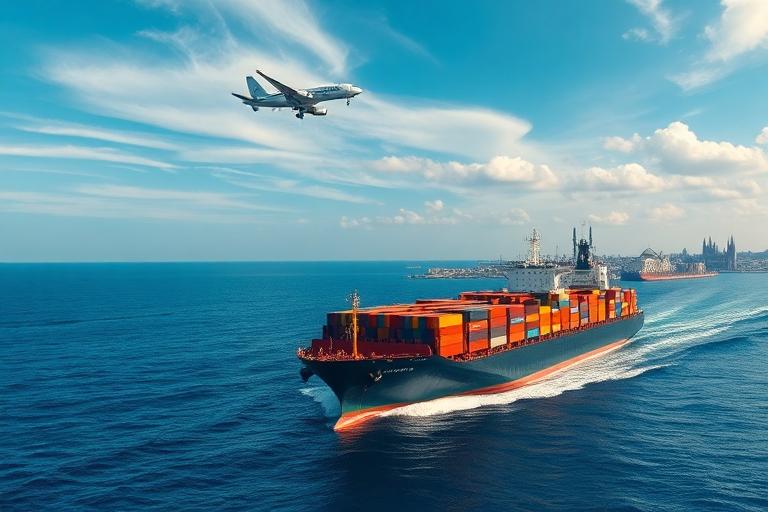
Key Routes Between Shenzhen and Germany
Major Ports and Airports Involved in Shipping
When shipping goods from Shenzhen to Germany, several major ports and airports play a crucial role in facilitating international transport. In Germany, some of the most significant ports include Hamburg, Bremen, and Bremerhaven, known for their extensive facilities and strong logistic networks. For air transport, the Frankfurt Airport is one of the busiest in Europe, providing excellent connectivity for air freight.
In Shenzhen, the Shenzhen Sea Port is a key departure point for sea freight, while Shenzhen Bao’an International Airport serves as a major hub for air freight operations. The use of these ports and airports is essential for optimizing logistics efficiency and ensuring timely delivery of goods. Below is a comparison table of major ports and airports involved in shipping:
| Type | Location | Description |
|---|---|---|
| Sea Port | Shenzhen Sea Port | Major hub for container shipping |
| Sea Port | Hamburg | Largest port in Germany, extensive cargo handling facilities |
| Sea Port | Bremerhaven | Specialized in container and ro-ro shipping |
| Air Port | Shenzhen Bao’an International Airport | Key air freight hub in China |
| Air Port | Frankfurt Airport | Europe’s primary air cargo gateway |
Transit Times for Different Routes
Transit times for shipping goods from Shenzhen to Germany vary depending on the mode of transport. Below is an overview of the expected transit times for different shipping methods:
| Shipping Method | Transit Time |
|---|---|
| Sea Freight (FCL) | 25-35 days |
| Sea Freight (LCL) | 30-45 days |
| Air Freight | 5-10 days |
These transit times can fluctuate based on factors such as route selection, customs clearance, and seasonal demand.
Shipping Methods from Shenzhen to Germany
Sea Freight from Shenzhen to Germany
Full Container Load (FCL) vs. Less than Container Load (LCL)
When considering sea freight for shipping from Shenzhen to Germany, businesses can choose between Full Container Load (FCL) and Less than Container Load (LCL).
- FCL is ideal for large shipments, as it allows the use of an entire container, minimizing handling and increasing security. This method generally offers lower costs per unit of cargo due to better economies of scale.
- LCL, on the other hand, is suitable for smaller shipments that do not fill a complete container. This option is more flexible but may result in higher costs per unit and longer transit times due to multiple handling and consolidation processes. You can learn more about what products are shipped to the US from Taiwan for insights on LCL shipping.
| Shipping Option | Best For | Pros | Cons |
|---|---|---|---|
| FCL | Large shipments | Cost-effective, less handling | Requires full container usage |
| LCL | Smaller shipments | Flexible, no need for full container | Higher cost per unit, longer transit |
Advantages and Disadvantages of Sea Freight
Sea freight is a widely used method for transporting goods internationally, offering several advantages:
- Cost-Effective: Generally, shipping by sea is more economical compared to air freight, especially for large volumes.
- Capacity: Shipping containers can hold large quantities and varying types of goods.
- Environmental Impact: Sea freight has a lower carbon footprint compared to air transport.
However, there are also disadvantages to consider:
- Longer Transit Times: Compared to air freight, sea shipping is considerably slower, which may not be suitable for time-sensitive shipments.
- Weather Dependence: Transit times can be affected by adverse weather conditions.
Air Freight from Shenzhen to Germany
Factors Influencing Air Freight Speed and Cost
Air freight is the fastest option for shipping from Shenzhen to Germany; however, several factors influence both speed and cost:
- Distance and Route: Direct flights are quicker but may be more expensive. Indirect routes can save costs but add to the transit time.
- Weight and Volume: Charges are based on weight and volumetric dimensions, making it crucial to optimize packaging.
- Seasonal Demand: Peak seasons can result in higher rates and limited capacity.
Best Practices for Air Freight Shipping
To ensure a smooth air freight process from Shenzhen to Germany, consider the following best practices:
- Proper Packaging: Ensure goods are packaged securely to withstand handling and transport.
- Documentation: Accurate and complete documentation is vital for customs clearance and to prevent delays.
- Insurance: Consider purchasing cargo insurance to protect against loss or damage during transit.
- Working with a Freight Forwarder: Partner with a reliable freight forwarder, such as Dantful International Logistics, for expert guidance and support. Our company offers comprehensive services, including air freight solutions tailored to your needs.
By following these guidelines and understanding the shipping methods available, you can effectively manage your shipments from Shenzhen to Germany.
Shipping Costs from Shenzhen to Germany
2025 Sea Freight Cost Analysis (FCL/LCL)
As global trade continues to evolve, understanding the cost dynamics of shipping from Shenzhen to Germany is essential for importers. In 2025, the costs associated with Full Container Load (FCL) and Less than Container Load (LCL) shipping will vary based on several factors, including demand, shipping routes, and fuel prices.
Sea Freight Cost Overview (Projected 2025)
| Shipping Method | Average Cost (USD) | Estimated Transit Time |
|---|---|---|
| Full Container Load (FCL) | $1,500 – $2,500 | 30 – 40 days |
| Less than Container Load (LCL) | $100 – $400 per cubic meter | 35 – 50 days |
FCL is typically more cost-effective for larger shipments, while LCL offers flexibility for smaller cargo volumes. Importers should assess their shipment volume to determine the most economical option for their logistics needs.
Air Freight Cost Breakdown and Comparison
Air freight is often preferred for its speed, but costs can be significantly higher than sea freight. In 2025, the following outlines the expected costs associated with air freight from Shenzhen to Germany:
| Shipping Method | Average Cost (USD) per kg | Estimated Transit Time |
|---|---|---|
| Direct Air Freight | $5 – $15 | 3 – 7 days |
| Consolidated Air Freight | $3 – $10 | 5 – 10 days |
While direct air freight provides the fastest service, consolidated air freight can offer considerable savings for smaller shipments by combining multiple shipments into one.
Hidden Fees to Watch Out For
When planning your shipment, it’s crucial to be aware of potential hidden fees that can inflate your overall shipping costs. Common hidden fees include:
- Fuel Surcharges: Variations in fuel prices can lead to additional costs.
- Terminal Handling Charges (THC): Fees for handling cargo at ports.
- Documentation Fees: Costs associated with preparing necessary import/export paperwork.
- Customs Duties and Taxes: Applicable duties on imported goods into Germany, which can vary significantly based on the nature of the goods.
To avoid unexpected expenses, it’s advisable to discuss all potential fees with your freight forwarder, such as Dantful International Logistics, who can provide a transparent cost structure.
Strategies to Reduce Customs Duties with Freight Forwarder Assistance
Engaging a competent freight forwarder can help minimize customs duties and streamline the shipping process. Here are practical strategies:
- Classify Goods Accurately: Ensure that your goods are classified under the appropriate tariff codes to avoid overpaying on duties.
- Utilize Free Trade Agreements: Leverage any trade agreements between China and Germany that may reduce or eliminate duties.
- Consolidate Shipments: By consolidating shipments with a forwarder like Dantful Logistics, you can often qualify for lower rates based on volume.
- Provide Complete Documentation: Ensure all paperwork is accurate and complete to avoid delays and additional fees.
Read More:
- Shipping From China To Netherlands
- Shipping From China To Spain
- Shipping From China To Germany
- Shipping From China To France
- Shipping From China to Italy
- Shipping From China To Poland
- Shipping From China to United Kingdom
Shipping Times from Shenzhen to Germany
Expected Transit Times for Sea Freight
The transit times for sea freight from Shenzhen to Germany can vary significantly based on the shipping route and the type of service chosen. Below are average transit times:
| Shipping Method | Average Transit Time |
|---|---|
| FCL | 30 – 40 days |
| LCL | 35 – 50 days |
These times can be influenced by port congestion, weather conditions, and seasonal demand.
Expected Transit Times for Air Freight
Air freight offers a much faster alternative for shipments, with typical transit times as follows:
| Shipping Method | Average Transit Time |
|---|---|
| Direct Air Freight | 3 – 7 days |
| Consolidated Air Freight | 5 – 10 days |
Air freight is particularly beneficial for time-sensitive shipments, despite being more costly than sea freight.
Impact of Seasonal Demand on Shipping Times
Seasonal fluctuations can significantly impact shipping times. During peak seasons, such as the holiday season or major trade fairs, shipping capacity may be stretched, leading to longer transit times and increased costs. Importers should plan ahead and consider these seasonal trends when scheduling shipments to ensure timely delivery.
By choosing Dantful International Logistics, you gain access to a team of experienced professionals who can guide you through the complexities of international shipping, ensuring that your goods arrive on time and within budget.
Choosing a Reliable Freight Forwarder for Your Shipment
When it comes to shipping from Shenzhen to Germany, selecting a reliable freight forwarder is essential for ensuring a smooth shipping process. Here are the key factors to consider:
Key Qualities to Look For in a Freight Forwarder
Experience and Expertise: A good freight forwarder should have extensive knowledge of the shipping process, including customs regulations, modes of transport, and logistics management. Look for a company that specializes in international shipments, especially those involving Shipping From China To Germany.
Strong Network: A reputable freight forwarder will have a robust network of carriers, customs brokers, and warehouse partners. This network is crucial for managing shipping schedules and costs effectively.
Transparency: Choose a freight forwarder that provides clear, upfront pricing and is transparent about any potential fees. Understanding the total cost of shipping, including ocean freight, air freight, and customs duties, helps avoid unexpected expenses.
Customer Service: Excellent customer support is vital. Your freight forwarder should be readily available to answer questions and provide updates throughout the shipping process.
Technological Integration: A reliable freight forwarder utilizes technology to streamline operations. This includes tracking systems, electronic documentation, and real-time updates which enhance communication and efficiency.
Questions to Ask Potential Freight Forwarders
Before making a decision, consider asking the following questions to gauge the suitability of a freight forwarder:
- What is your experience with shipping from Shenzhen to Germany?
- Can you provide references from previous clients?
- What are your standard shipping times for both sea freight and air freight?
- What types of insurance do you offer for shipments?
- How do you handle customs clearance, and what documentation is required?
- Are there any hidden fees I should be aware of?
- What technology do you use for shipment tracking?
How to Verify the Credentials and Experience of Freight Forwarders
To ensure that you choose a legitimate and experienced freight forwarder, follow these steps:
Check Licensing and Certifications: Verify that the freight forwarder has the necessary licenses and certifications to operate in both China and Germany. They should be a registered member of relevant organizations such as the International Federation of Freight Forwarders Associations (FIATA).
Review Customer Feedback: Look for online reviews and testimonials from other customers. Websites like Trustpilot and Google Reviews can provide insights into the experiences of others.
Request Documentation: Ask for proof of their experience, including case studies or examples of previous shipments from Shenzhen to Germany. This documentation can give you confidence in their capabilities.
Evaluate Their Network: A strong network in both exporting and importing countries indicates a freight forwarder’s ability to handle logistics effectively.
Customs Clearance Process for Shipping to Germany
Navigating the customs clearance process can be complex, especially when shipping internationally. Understanding the requirements is essential for a successful shipment.
Understanding German Import Regulations
When importing goods into Germany, it’s crucial to be familiar with the local import regulations. Germany adheres to European Union (EU) customs rules, which require:
A Customs Declaration: All shipments must be declared at customs. This declaration includes detailed information about the goods being imported.
Compliance with Product Standards: Imported goods must meet EU standards for safety, quality, and labeling. Some products may require additional certifications.
Tariffs and VAT: Import duties and VAT may apply depending on the product category. Knowing the correct tariffs can assist in budgeting your total shipping costs.
Required Documentation for Smooth Customs Clearance
To ensure smooth customs clearance, prepare the following documents:
Commercial Invoice: This document outlines the transaction details, including the buyer, seller, and goods being shipped.
Packing List: A detailed packing list outlines the contents of each shipment, which helps customs verify the shipment’s contents.
Bill of Lading: This is a contract between the shipper and carrier that details the terms of the shipment.
Import License: Some goods may require an import license, depending on the product category.
Certificate of Origin: This document certifies the origin of the goods, which can be important for tariff classification.
Having these documents prepared in advance will facilitate a smoother customs clearance process.
Tips for Successful Shipping from Shenzhen to Germany
Successfully shipping goods from Shenzhen to Germany involves careful planning and execution. Below are some best practices to consider:
Best Practices for Packaging and Labeling
Use Quality Materials: Ensure that packaging materials are durable enough to protect goods during transit. Consider using bubble wrap, foam peanuts, or corrugated boxes for additional protection.
Label Clearly: Each package should have clear and accurate labels that include the destination address, return address, and any necessary handling instructions. This minimizes the risk of misdelivery or damage.
Consider Customs Requirements: Labels should also include any necessary customs information to streamline the clearance process.
Importance of Insurance for Your Shipment
Insurance is a critical aspect of international shipping. It provides protection against potential losses or damage during transit. Consider the following:
Evaluate Risk: Assess the value of your shipment and the risks involved. High-value items may warrant more comprehensive insurance coverage.
Understand Policy Terms: Before purchasing insurance, ensure you understand the policy terms, including coverage limits and exclusions.
Choose a Reputable Provider: Work with your freight forwarder to find an insurance policy that meets your needs. Dantful International Logistics offers comprehensive insurance options for all types of shipments.
Tracking Your Shipment Effectively
Tracking your shipment allows you to stay informed about its progress and estimated arrival time. Here are some tips:
Use Technology: Leverage your freight forwarder’s tracking system to monitor your shipment in real-time.
Set Notifications: Many systems allow you to set notifications for important updates or changes in status.
Communicate with Your Freight Forwarder: Maintain open communication with your freight forwarder for any questions or concerns regarding your shipment status.
By following these guidelines and choosing a professional freight forwarder like Dantful International Logistics, you can ensure a successful shipping experience from Shenzhen to Germany. Our company specializes in providing a highly professional, cost-effective, and high-quality logistics service, tailored to meet the needs of global traders.

Young Chiu is a seasoned logistics expert with over 15 years of experience in international freight forwarding and supply chain management. As CEO of Dantful International Logistics, Young is dedicated to providing valuable insights and practical advice to businesses navigating the complexities of global shipping.





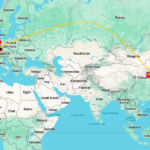




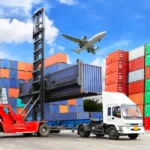
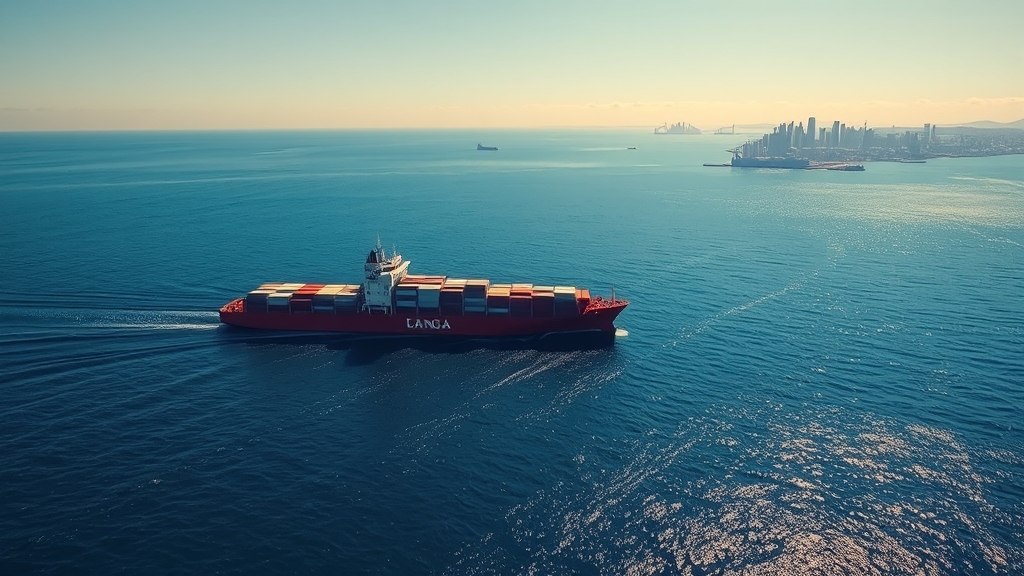
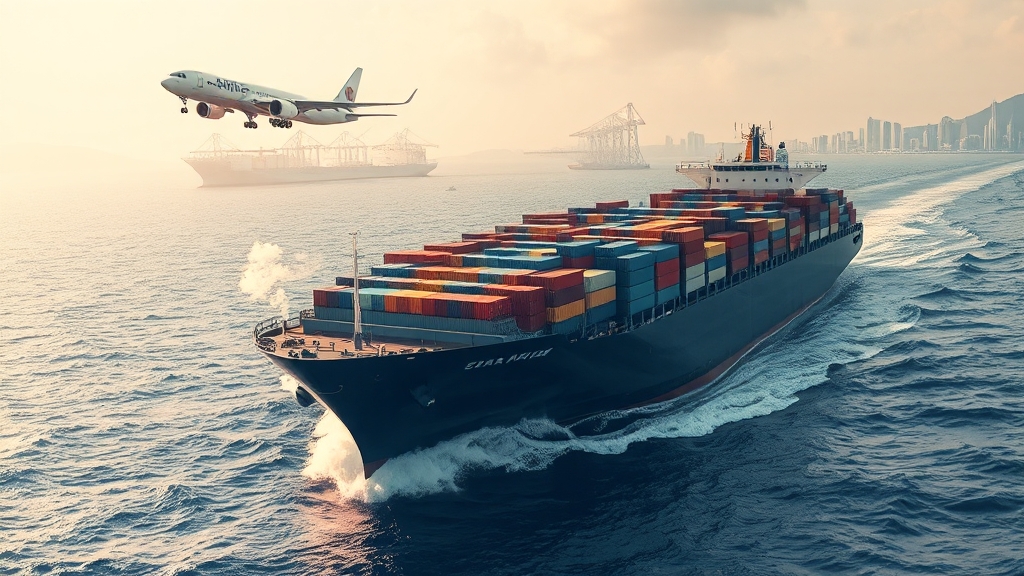
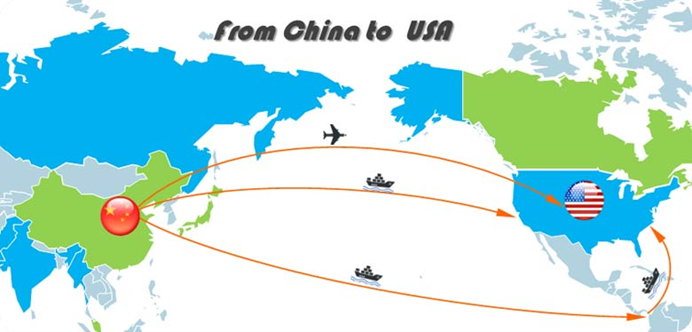

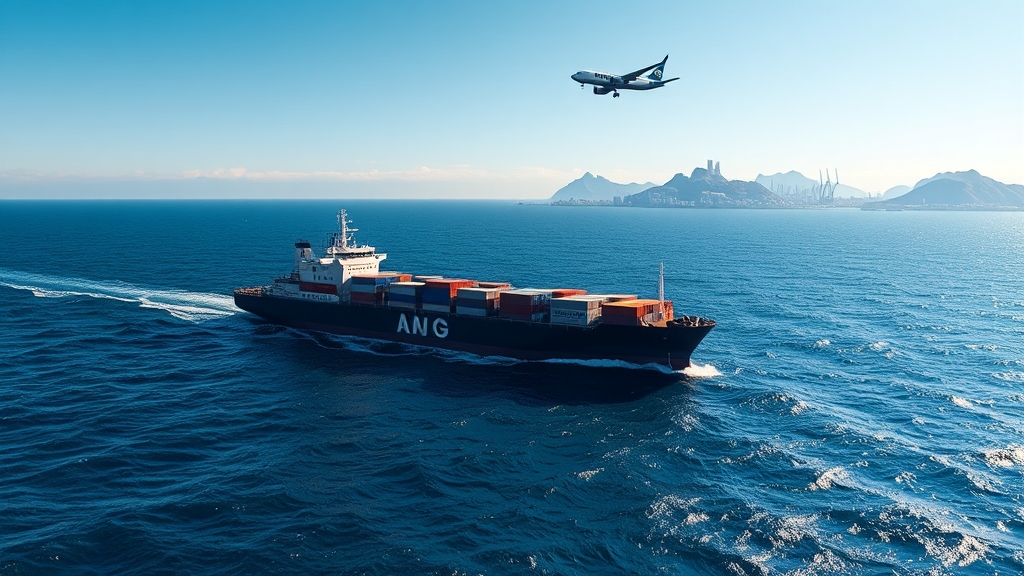
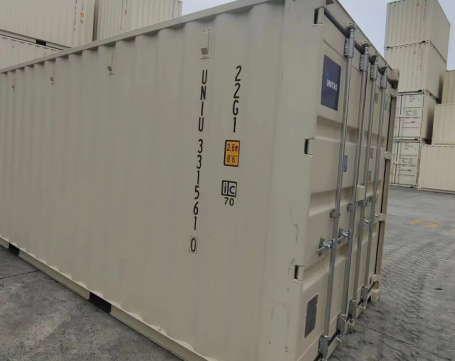
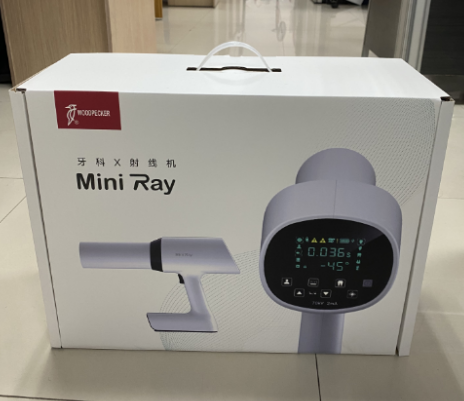
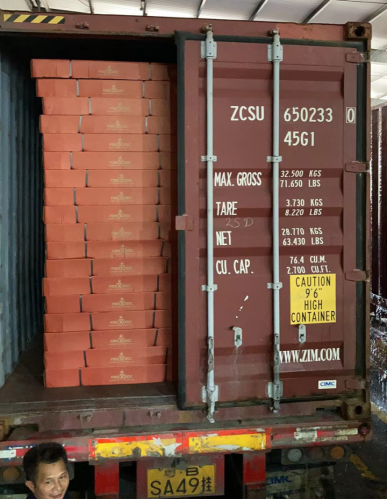
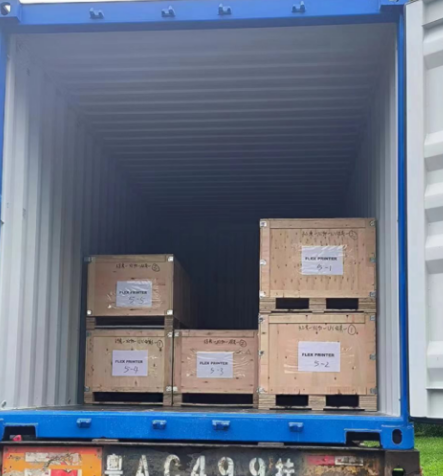
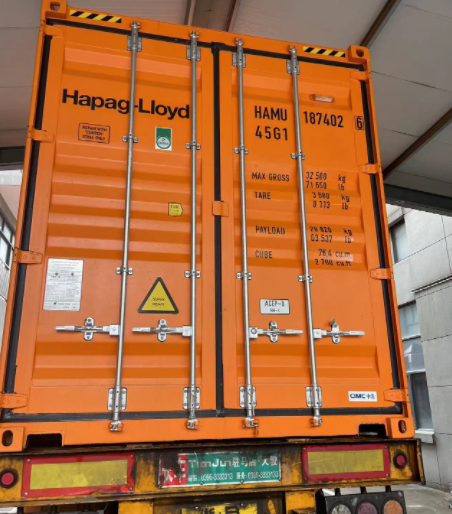
 Afrikaans
Afrikaans Shqip
Shqip አማርኛ
አማርኛ العربية
العربية Հայերեն
Հայերեն Azərbaycan dili
Azərbaycan dili Euskara
Euskara Беларуская мова
Беларуская мова বাংলা
বাংলা Bosanski
Bosanski Български
Български Català
Català Cebuano
Cebuano Chichewa
Chichewa 简体中文
简体中文 繁體中文
繁體中文 Corsu
Corsu Hrvatski
Hrvatski Čeština
Čeština Dansk
Dansk Nederlands
Nederlands English
English Esperanto
Esperanto Eesti
Eesti Filipino
Filipino Suomi
Suomi Français
Français Galego
Galego ქართული
ქართული Deutsch
Deutsch Ελληνικά
Ελληνικά Kreyol ayisyen
Kreyol ayisyen Harshen Hausa
Harshen Hausa Ōlelo Hawaiʻi
Ōlelo Hawaiʻi עִבְרִית
עִבְרִית हिन्दी
हिन्दी Hmong
Hmong Magyar
Magyar Íslenska
Íslenska Igbo
Igbo Bahasa Indonesia
Bahasa Indonesia Gaeilge
Gaeilge Italiano
Italiano 日本語
日本語 Basa Jawa
Basa Jawa ಕನ್ನಡ
ಕನ್ನಡ Қазақ тілі
Қазақ тілі ភាសាខ្មែរ
ភាសាខ្មែរ 한국어
한국어 كوردی
كوردی Кыргызча
Кыргызча ພາສາລາວ
ພາສາລາວ Latin
Latin Latviešu valoda
Latviešu valoda Lietuvių kalba
Lietuvių kalba Lëtzebuergesch
Lëtzebuergesch Македонски јазик
Македонски јазик Malagasy
Malagasy Bahasa Melayu
Bahasa Melayu മലയാളം
മലയാളം Maltese
Maltese Te Reo Māori
Te Reo Māori मराठी
मराठी Монгол
Монгол ဗမာစာ
ဗမာစာ नेपाली
नेपाली Norsk bokmål
Norsk bokmål پښتو
پښتو فارسی
فارسی Polski
Polski Português
Português ਪੰਜਾਬੀ
ਪੰਜਾਬੀ Română
Română Русский
Русский Samoan
Samoan Gàidhlig
Gàidhlig Српски језик
Српски језик Sesotho
Sesotho Shona
Shona سنڌي
سنڌي සිංහල
සිංහල Slovenčina
Slovenčina Slovenščina
Slovenščina Afsoomaali
Afsoomaali Español
Español Basa Sunda
Basa Sunda Kiswahili
Kiswahili Svenska
Svenska Тоҷикӣ
Тоҷикӣ தமிழ்
தமிழ் తెలుగు
తెలుగు ไทย
ไทย Türkçe
Türkçe Українська
Українська اردو
اردو O‘zbekcha
O‘zbekcha Tiếng Việt
Tiếng Việt Cymraeg
Cymraeg יידיש
יידיש Yorùbá
Yorùbá Zulu
Zulu